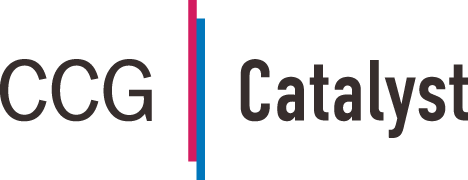A market segmentation strategy organizes your customer or business base along demographic, geographic, behavioral, or psychographic lines—or a combination of them. Market segmentation is an organizational strategy used to break down a target market audience into smaller, more manageable groups.
Determining the right marketing segmentation strategy for your bank or credit union means using or combining demographic, geographic, behavioral, and psychographic segments to reach a more targeted consumer or business base. Marketing segmentation strategies help your business predict where your products and services are most wanted, allowing for better customer and digital experiences, loyalty, and niche marketing.
Types of Market Segmentation
With segmentation and targeting, you want to understand how your market will respond in a given situation, like purchasing your products.
Geographic Segmentation
While typically a subset of demographics, geographic segmentation is typically the easiest. Geographic segmentation creates different target customer groups based on geographical boundaries.
Demographic Segmentation
Demographic segmentation sorts a market by demographic elements such as age, education, income, family size, race, gender, occupation, nationality, and more.
Firmographic Segmentation
Firmographic segmentation is similar to demographic segmentation. The difference is that demographics look at individuals while firmographics look at organizations. Firmographic segmentation would take into consideration things like company size, number of employees and would illustrate how addressing a small business would differ from addressing an enterprise corporation.
Behavioral Segmentation
Behavioral segmentation divides markets by behaviors and decision-making patterns such as purchase, consumption, lifestyle, and usage.
Psychographic Segmentation
Psychographic segmentation takes into account the psychological aspects of consumer behavior by dividing markets according to lifestyle, personality traits, values, opinions, and interests of consumers.


